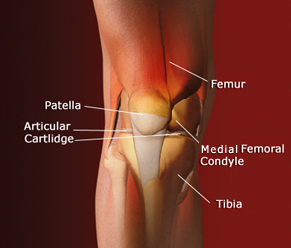Cortisone is a type of steroid that is naturally produced by a gland inside the body known as the adrenal gland. Take note that the adrenal gland releases cortisol when the body is under stress. The natural cortisone is released into the bloodstream and somewhat short-acting.
The injectable form of cortisone is produced synthetically and has various names but it is a close derivative of the body’s own product.
The difference of synthetic cortisone is that it is not injected into the bloodstream but into an area of inflammation. The synthetic version is also designed to act stronger and for a longer time span.
How cortisone shots help
It is important to note that cortisone is an effective anti-inflammatory medication. Cortisone will not help relieve the pain but only treats the inflammation. The reduction of pain is due to the diminished inflammation.

By injecting cortisone into a particular area of inflammation, high concentration of the medication can be given while keeping the possible side-effects at bay. The cortisone shots effectively work and the effects can last for a number of weeks.
Why cortisone shots are used?
Various conditions in which inflammation is an fundamental issue can be managed with cortisone shots.
- Arthritis
- Shoulder bursitis
- Trigger finger
- Carpal tunnel syndrome
- Tennis elbow
Can a shot cause pain?
Take note that a cortisone shot can be slightly painful, particularly when administered into a joint. Oftentimes, the cortisone shot can be given using very small needles that causes minimal discomfort. On the other hand, a slightly bigger needle might be used, especially if the doctor is attempting to remove fluid via the needle before cortisone is injected.
A numbing medication is often injected with the cortisone to provide momentary relief to the affected area. In addition, topical anesthetics can numb the skin in the area being injected.
What are the side effects of cortisone shots?
The usual side effect is the “cortisone flare” which is a condition in which the introduced cortisone crystallizes and causes a transitory period of pain that is worse before the shot was given. This typically lasts a day or two and ideally managed with application of ice over the injection site.
Another common side effect is the whitening of the skin at the injection site. This is only an issue among those who have dark skin and not harmful but the individual should be aware of this.
Other side effects of cortisone shots are uncommon but can be serious. The worrisome issue is infection particularly if the injection is given into a joint. The best prevention is careful injection technique along with proper sterilization of the skin using alcohol or iodine. In addition, individuals with diabetes might have a momentary increase in their blood sugar level that should be closely monitored.
Since cortisone is a naturally occurring substance, an actual allergic reaction to the injected substance does not occur. Nevertheless, it is still possible to be allergic to other components of the injection, usually to the betadine used in sterilizing the skin.
